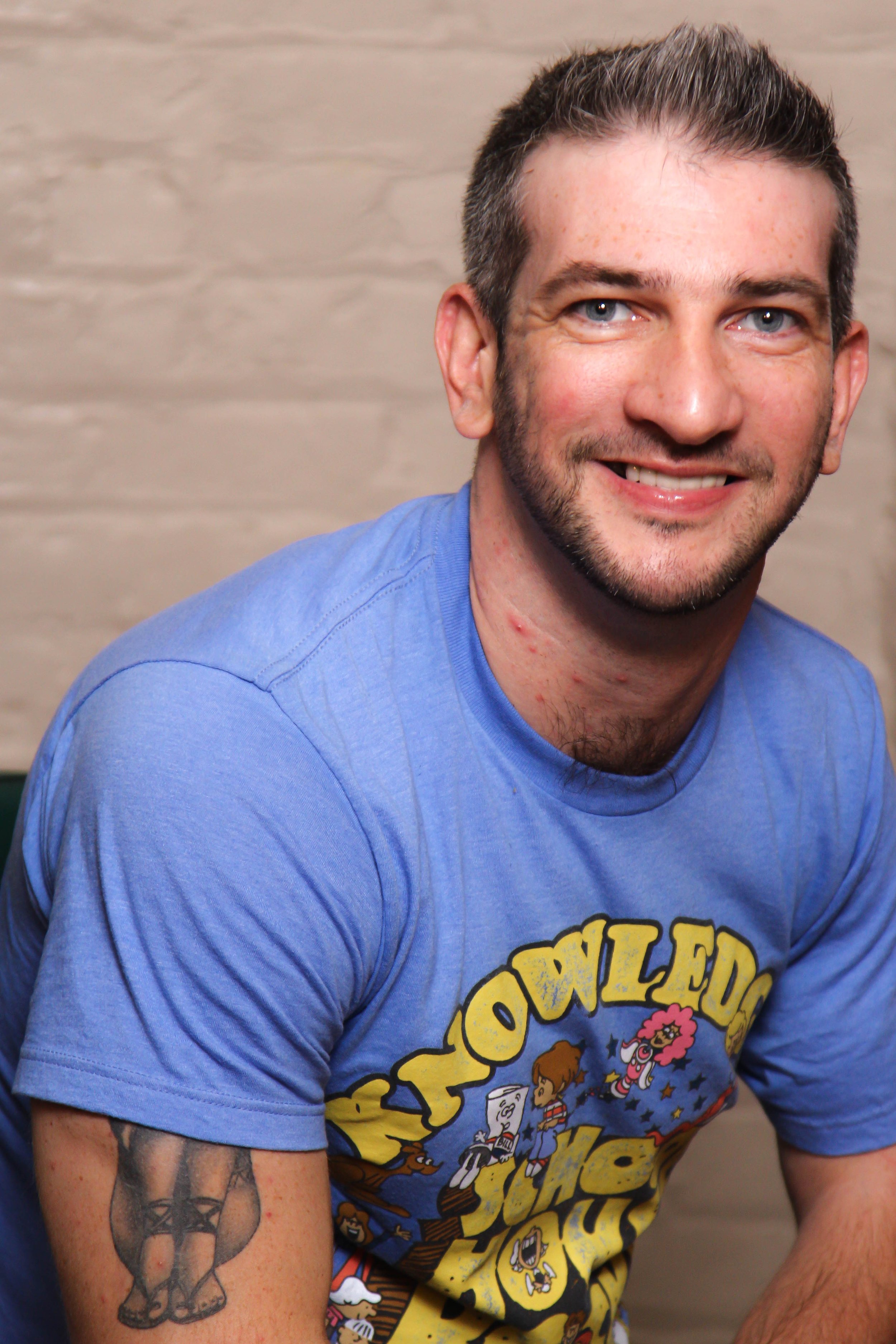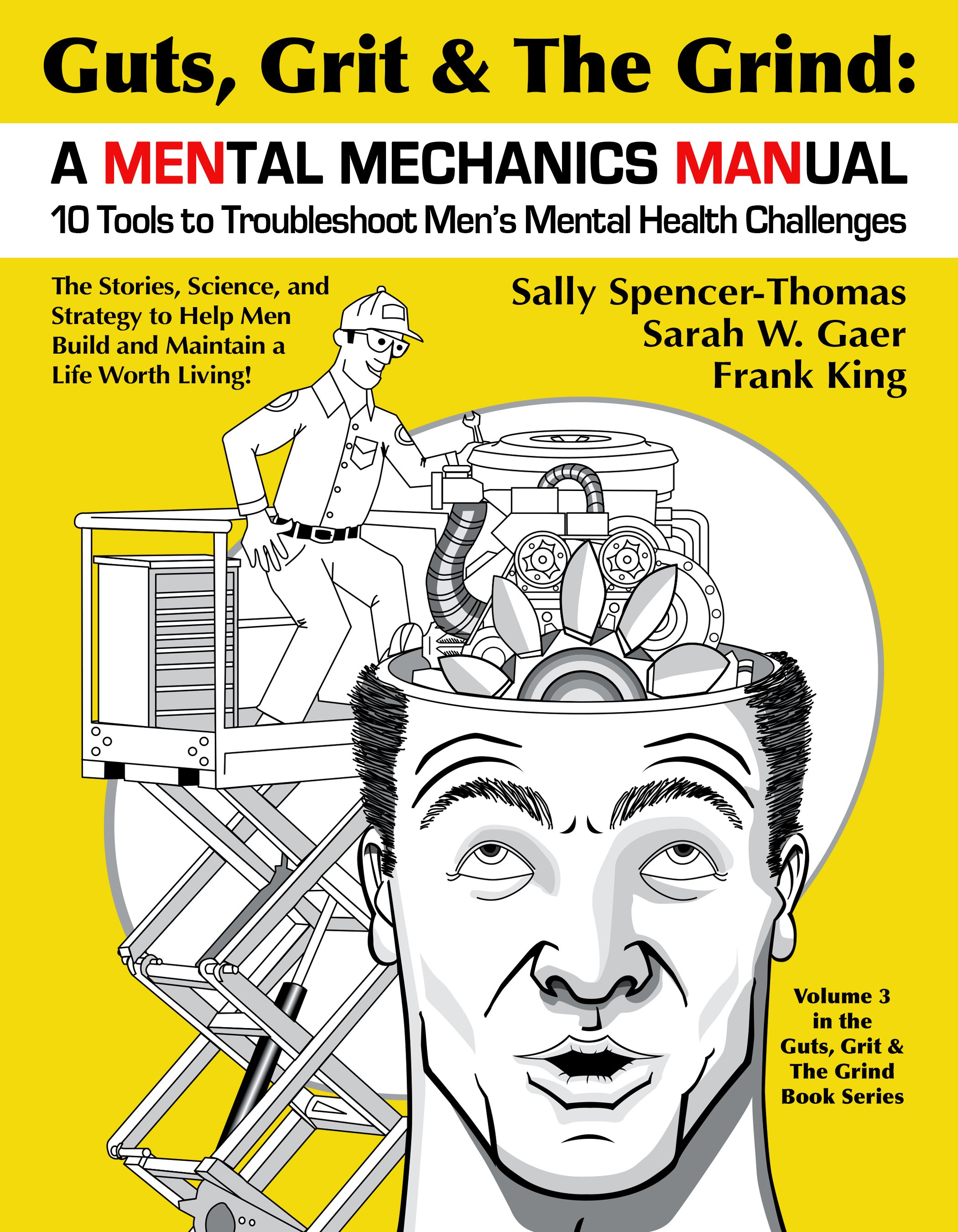They say laughter is the best medicine — why then, don’t we prescribe laughter? According to a study by the NIH, there are many health benefits:
laughter has an analgesic effect for pain without the negative side effects that comes with most other pain medications
laughter improves our mood impacting levels of depression, anxiety and stress by releasing endorphins and lowering cortisol
laughter reduces agitation in people experiencing dementia
What if we prescribed the following when people are going through tough times:
Frequency: Laugh at least once a day
Dose: A full belly laugh
Duration: Over the course of a half hour
In this episode, I interview comedian and mental health therapist, Mike Cotayo about how a little laughter goes a long way in healing.
About Mike Cotayo
Known as the “Funny Shrink”, Mike knows how to handle difficult people because he was one! Surviving a traumatic brain injury, he overcame his own addiction to drugs. He then went on to devote over 20 years of his professional life as a clinical social worker servicing the needs of people living with mental health challenges and addictive behaviors. As an expert in treating people with borderline personalities, he has delivered keynotes internationally, including speaking at the European Association of Gestalt Therapy in Sicily. Besides his career as a clinical social worker, Mike has also achieved acclaim as a stand up comedian where he discovered the power of humor to heal. He has headlined at The Laugh Factory in New York City, as well as Binghamton University, Columbia University and Kansas State University.
I got an opportunity to meet Mike through our joint friend Frank King, and together we encouraged Mike to submit his story in our Guts, Grit & The Grind book series on men’s mental health (he is in Book 3: “Guts, Grit & The Grind: A MENtal Mechanics MANual: 10 Tools to Troubleshoot Men’s Mental Health Challenges”).
Show Notes
More on Mike
Website: https://www.funnymanmike.com/
Social Media:
● Twitter - https://twitter.com/FunnyManMike76
● Facebook - https://www.facebook.com/FunnyManMike/
● Instagram - https://www.instagram.com/funnymanmike76/
● Tiktok - https://www.tiktok.com/@funnymanmike76?lang=en
Previous Media Samples:
Validation!!: https://www.youtube.com/shorts/QqGKb9ktV60
Four City Brewery: https://www.youtube.com/watch?v=L5lSBz6sgsg
Comedy Therapy Short: https://youtube.com/shorts/eZgQMW7C2Cg
Comedy Therapy Short: https://youtube.com/shorts/ElOSPEr5DAY
Comedy Therapy Short: https://youtube.com/shorts/EFtPl9DeASc
A Dollar and A Dream: https://youtube.com/shorts/rfo90ELAh1c
Ms. Fancy: https://youtube.com/shorts/dtdiCnBOZqg
Incredible Hulk: https://www.youtube.com/watch?v=SgtfX8h_QnQ
Other references and tools
The Laughter Prescription": https://www.ncbi.nlm.nih.gov/pmc/articles/PMC6125057/
Basu, S. (2017). Mordechai Gordon.: Humor, laughter and Human Flourishing: A Philosophical exploration of the LAUGHING ANIMAL. HUMOR, 30(1). doi:10.1515/humor-2016-0103
Carey, B. (2019, October 28). Https://www.nytimes.com/2019/10/28/obituaries/robert-provine-dead.html. Robert Provine, an Authority on Laughter, Is Dead at 76.
Coghlan, A. (2016, November 10). Giggling rats reveal the most ticklish part of our brains. Retrieved March 06, 2021, from https://www.newscientist.com/article/2112319-giggling-rats-reveal-the-most-ticklish-part-of-our-brains/
Conte, P. (2018, July 10). Crack up! Retrieved March 06, 2021, from https://www.sheknows.com/health-and-wellness/articles/991243/the-science-of-laughter/
Cousins, N., & Dubos, R. J. (1979). Anatomy of an Illness as Perceived by the Patient: Reflections on Healing and Regeneration. Norton.
Dionigi, A., & Canestrari, C. (2018). The use of humor by therapists and clients in cognitive therapy. The European Journal of Humour Research, 6(3), 50. doi:10.7592/ejhr2018.6.3.dionigi
Fry, W. F. (1977). The appeasement function of mirthful laughter. It's a Funny Thing, Humour, 23-26. doi:10.1016/b978-0-08-021376-7.50009-7
Goodheart, A. (1994). Laughter therapy: How to laugh about everything in your life that isn't really funny. Santa Barbara, CA: Less Stress Press.
Hofmann, J. (2018). Putting “laughing at yourself” to the test. HUMOR, 31(2), 273-286. doi:10.1515/humor-2016-0075
Home. (n.d.). Retrieved March 06, 2021, from https://www.patchadams.org/
Iaculo, G. (september 13-16, 2001 – stockholm, sweden (mini lecture)). Bodily retroflections and psychosomatic symptoms: Action turned towards oneself. Dialogues 7th European Conference of Gestalt Therapy.
Laughter. (2021, March 18). Retrieved March 27, 2021, from https://en.wikipedia.org/wiki/Laughter
Mann, D. (2010). Gestalt therapy: 100 key points and techniques. London ; New York: Routledge, Taylor et Francis Group.
McCloud, A. (2013). Laughter therapy: Discover how to use laughter and humor for healing, stress relief, improved health, increased emotional wellbeing, and a more joyful and happy life.
McGettigan, C., Walsh, E., Jessop, R., Agnew, Z. K., Sauter, D. A., Warren, J. E., & Scott, S. K. (2013). Individual differences in Laughter Perception reveal roles FOR Mentalizing and Sensorimotor systems in the evaluation of Emotional authenticity. Cerebral Cortex, 25(1), 246-257. doi:10.1093/cercor/bht227
Newman, T. (2016, February 03). Psychoneuroimmunology: Laugh and be well. Retrieved March 06, 2021, from https://www.medicalnewstoday.com/articles/305921
Niver, H. M. (2018). When monkeys laugh. New York, NY: Enslow Publishing.
Osborne, K., & Chapman, A. J. (1977). Suppression of adult laughter: An experimental approach. It's a Funny Thing, Humour, 429-431. doi:10.1016/b978-0-08-021376-7.50084-x
Parvizi, J. (2001). Pathological laughter and crying: A link to the cerebellum. Brain, 124(9), 1708-1719. doi:10.1093/brain/124.9.1708
Patch Adams. (2021, March 03). Retrieved March 06, 2021, from https://en.wikipedia.org/wiki/Patch_Adams
Perls, F. S., Hefferline, R. F., & Goodman, P. (1951). Gestalt Therapy: Excitement and Growth in the Human Personality. London: Souvenir Press.
Provine, R. R. (2000). Laughter: A scientific investigation. New York: Viking.
Provine, R. R. (2001). Laughter: A scientific investigation. New York: Penguin Books.
Psychoneuroimmunology: Laugh and be well. (n.d.). Retrieved March 06, 2021, from https://www.medicalnewstoday.com/articles/305921
Scott, S. (n.d.). Laughter – the ordinary and the extraordinary.
Scott, S., & Gore, A. (2016, February 01). How scientists make people laugh to study humor. Retrieved March 06, 2021, from https://ideas.ted.com/how-scientists-make-people-laugh-to-study-humor/
Sturge, L., & Kataria, M. (2017). Laugh: Everyday laughter healing for greater happiness and wellbeing. London England: Quadrille.
Theories of humor. (2021, March 02). Retrieved March 27, 2021, from https://en.wikipedia.org/wiki/Theories_of_humor
Underwood, E. (2016). Watch these ticklish rats laugh and jump for joy. Science. doi:10.1126/science.aal0366
Volzhentseva, I. (2020). Psychological features of humor as a method of regulating emotional states of a person in different psychotherapy schools. PARADIGM OF KNOWLEDGE, 2(40). doi:10.26886/2520-7474.2(40)2020.5
Warren, J. E., Sauter, D. A., Eisner, F., Wiland, J., Dresner, M. A., Wise, R. J., . . . Scott, S. K. (2006). Positive emotions preferentially engage an auditory-motor "mirror" system. Journal of Neuroscience, 26(50), 13067-13075. doi:10.1523/jneurosci.3907-06.2006
ZEILIG, G., DRUBACH, D. A., KATZ-ZEILIG, M., & KARATINOS, J. (1996). Pathological laughter and crying in patients with closed traumatic brain injury. Brain Injury, 10(8), 591-598. doi:10.1080/026990596124160
Graphic to Share
Feel free to share this graphic. All we ask is that you link back to this podcast.







